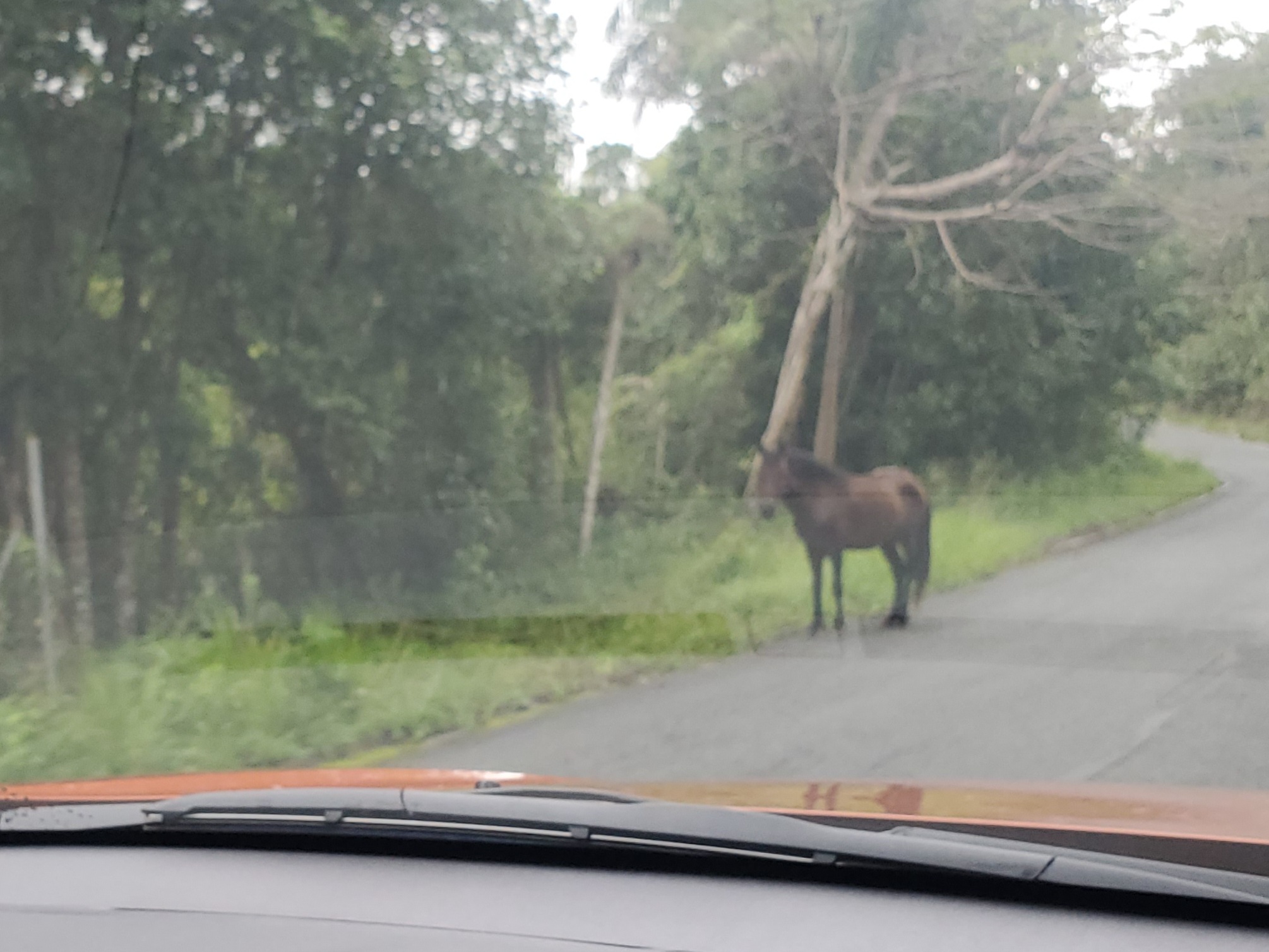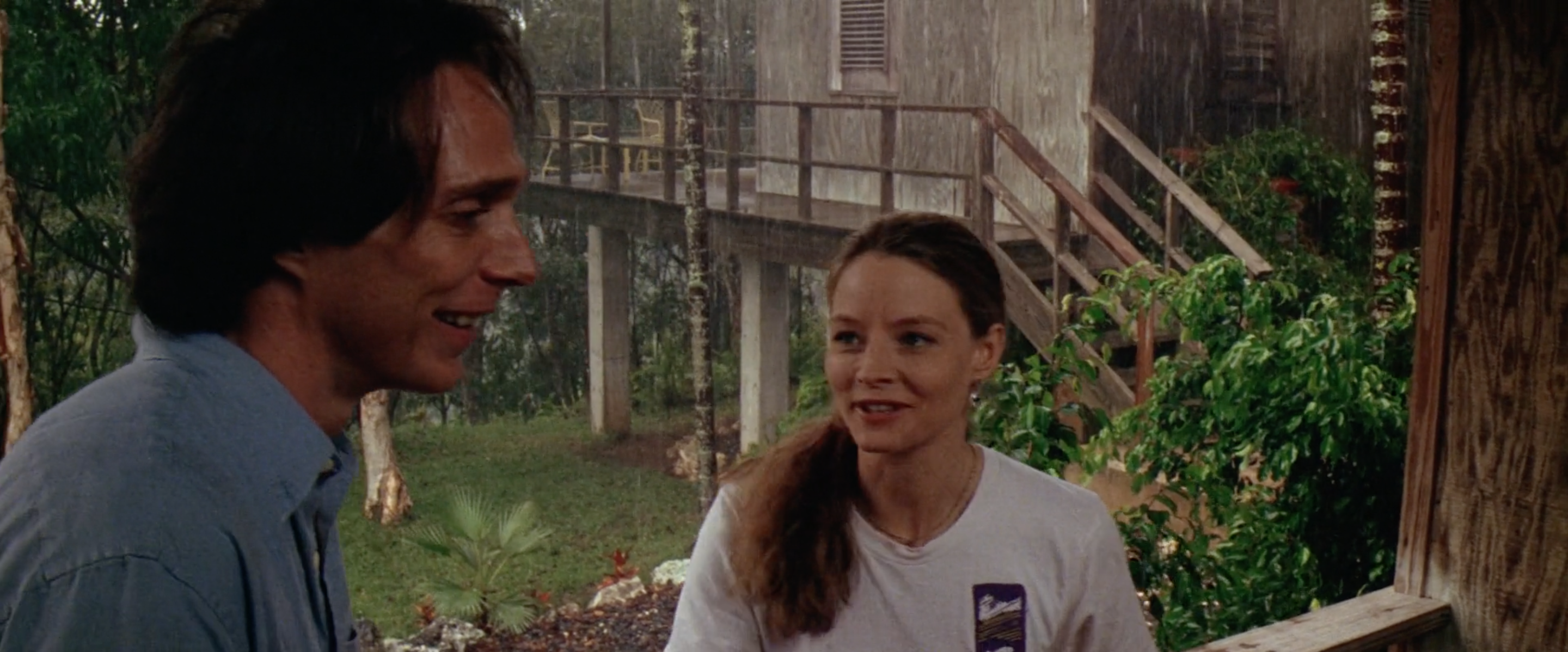Adiós, Arecibo
It’s now almost the end of June, and in some ways I feel like I’m only just getting my head above the water. The past few months have been largely occupied with being absolutely crushed by TA responsibilities, interspersed with submitting a thesis proposal, defending my comps exam, participating in several workshops, and the subject of today’s post: the 2023 Mini-RF team meeting.
I’ve known the Mini-RF team for over two years now, first being introduced and attending the biweekly science team telecons when I started my PhD back in 2021.[1]Oh god, has it really been two years?? From the very beginning, I felt instantly welcomed by the instrument team, especially its PI, Wes Patterson of Johns Hopkins Univeristy’s Applied Physics Lab, where the instrument was originally designed and assembled. Wes is a really
Last year I attended the team meeting in Colorado remotely, presenting some results of my Surveyor 7 work. While it was great to get to see the progress being made by other team members, the lack of close microphones, the room echo, and the difficulty seeing people’s faces in the tiny corner Zoom-rectangle really kept me feeling distant from most of the team. After three years of pandemic, I (and probably all of us) are also keenly aware of how important it can be to meet and talk with people outside the confines of those formal parameters, especially when trying to develop connections as an early-career scientist.
So when I heard the Mini-RF team meeting would be held at the Arecibo Observatory this year, I immediately asked my supervisor if there would be funding to send me in person. Not only would this be an opportunity to finally meet the three-dimensional people who had until then mostly been static profile pictures to me, but it would also be fulfilling another dream since I was a little kid: visiting the Arecibo radio telescope, at one time the largest and most powerful radio astronomy instrument in the world.
You see, to me, like many kids who (partly) grew up in the 90s, this was what scientists looked like:
And this was where they worked:
These screenshots are, of course, from the 1997 movie Contact starring Jodie Foster, and based on the book by Carl Sagan. It was images like these that ignited my passion for science from my earliest days, and started me down the long journey that would eventually lead to the degree I’m currently pursuing. So I was, perhaps understandably, just a little bit excited about actually getting to visit one of the places that had symbolized my personal mythos of science itself.
However, there was a catch: in December of 2020, after years of underfunding, damage from Hurricane Maria, and initial cable failures, the rest of the support cables holding up the telescope’s observation platform snapped, leading to a catastrophic failure and collapse of the platform into the dish below. Already, a month earlier, the NSF had condemned the telescope, indicating that repairs on the initial single broken cable would be too risky and expensive to undertake; the failure of the rest of the cables was merely the final deathblow.
As I coordinated with the Mini-RF team on schedules and accommodations in the weeks leading up to the meeting, I was intimately aware this would not be the beautiful, gravity-defying, majestically-operational telescope I had seen and read about. Cleanup had been ongoing for the last two years, and all that remained, Ozymandias-like, were fragmented segments of the dish and the bare concrete pillars that had once lofted the 900-ton platform. But this could not sway my enthusiasm—simply walking the hallowed grounds of generations of radio astronomers would have been enough, and while the main dish was no longer operational, the observation and processing facilities still were (along with some smaller radio/LIDAR experiments). As I would later find out, the observatory as a whole was in its twilight period, but for one week in May it would host a cadre of professional nerds one last time.
The Saga Begins
I left London by bus at 2:00 am on Sunday, May 14—Mother’s Day. I crossed the border to Detroit around 5:00, and then spent about six hours waiting in the airport for my flight, which was a perfect amount of time to call my mom and then finish preparing the actual talk I was supposed to be giving at the meeting.[2]Is it really a scientific conference if everyone’s not frantically finishing their presentations at the last minute? After a mostly uneventful flight, hints began to emerge out the window of the presence of land: seabirds, breaker waves, and the slowly lightening colour of the ocean floor. I landed and met up with Dr. Ali Bramson, who I would be sharing a cabin with as well as getting a ride to the actual site from, and we picked up an additional passenger (Cole Nypaver) whose driving companion had been unfortunately held up by flight delays. The three of us shared a joyful car ride to the Observatory over the next 1.5 hours while regaling each other with tales of various grad school misadventures[3]Including Ali getting her wedding dress made by a friend who had just learned to sew during the pandemic, the roads getting ever-narrower, more winding, and less well-maintained as we left the highway and drove deeper and deeper into the back roads.


Finally, around 6:00 pm, we pulled up to the main gates under grey skies: we had arrived.
That first night our priority was getting food with the team, who had gone to a local (amazing) pizza spot, so there was no time for the big reveal. In fact, between dinner the night before, breakfast at the cafeteria the next morning, and a hike up to the conference building on the far side of the telescope, it wasn’t until our lunch break on Monday that I finally got my first good look at what was left of this magnificent machine:
Needless to say, words (and even pictures) could not capture the feeling of seeing the 300 m-wide remains of the dish in person. It was simultaneously awe-inspiring and heart-breaking, the cleanup efforts having saved it from being a crumpled heap of twisted metal, but still very obviously a hollowed-out skeleton of the scientific behemoth it had once been.
More than the
-xoxo gossip grad ☾⋆⁺₊⋆





